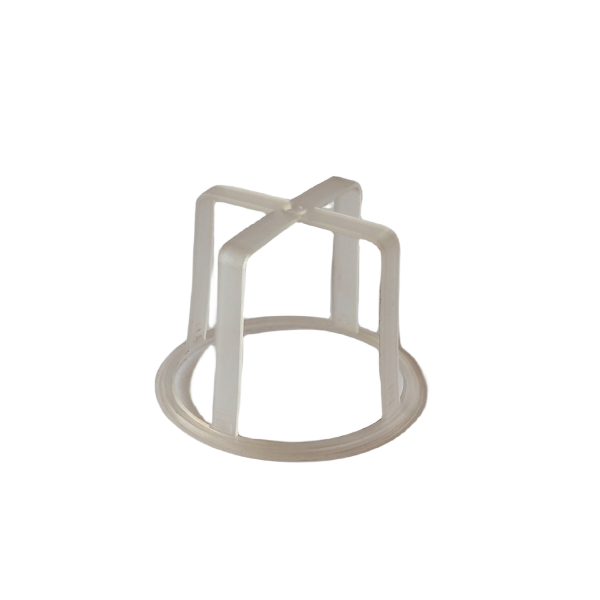
Table of Contents
| 1. Introduction |
7. Applications Across Industries |
| 2. The Intricacies of Plastic Injection Molding |
8. Quality Assurance: A Vital Element |
| 3. Understanding the Key Components |
9. Environmental Consciousness in Injection Molding |
| 4. The Injection Molding Process Unveiled |
10. A Glimpse into the Future |
| 5. Materials and Their Significance |
11. Conclusion |
| 6. The Remarkable Advantages |
12. Frequently Asked Questions |
Introduction
Plastic injection molding is a sophisticated manufacturing process that has redefined the way we produce an extensive array of plastic parts and products. This comprehensive guide seeks to delve deep into the nuances of plastic injection molding, providing a professional perspective on its working principles, the significance of its key components, materials used, its wide-ranging applications, quality control measures, and environmental considerations.
The Intricacies of Plastic Injection Molding
Plastic injection molding is an intricate manufacturing technique that involves the transformation of plastic resins into a myriad of products. This method is favored for its precision and versatility, allowing the creation of complex shapes and sizes, all with a high degree of repeatability and efficiency.
Understanding the Key Components
To grasp the inner workings of plastic injection molding, it's essential to become acquainted with its four fundamental components:
1. Injection Unit:
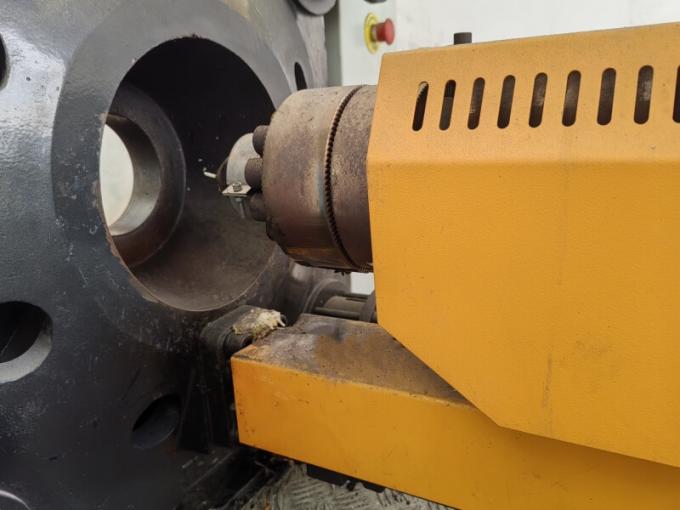
The injection unit is responsible for melting the plastic granules and injecting them into the mold. It involves a barrel, hopper, reciprocating screw, and an injection nozzle. The reciprocating screw plays a pivotal role in melting and injecting the plastic.
2. Plastic Injection Mold:

The mold is a carefully designed cavity that shapes the plastic into the desired product. It consists of two halves, the core and the cavity, with various features and cooling channels. Precision in mold design is critical to the quality of the final product.
3. Clamping Unit:
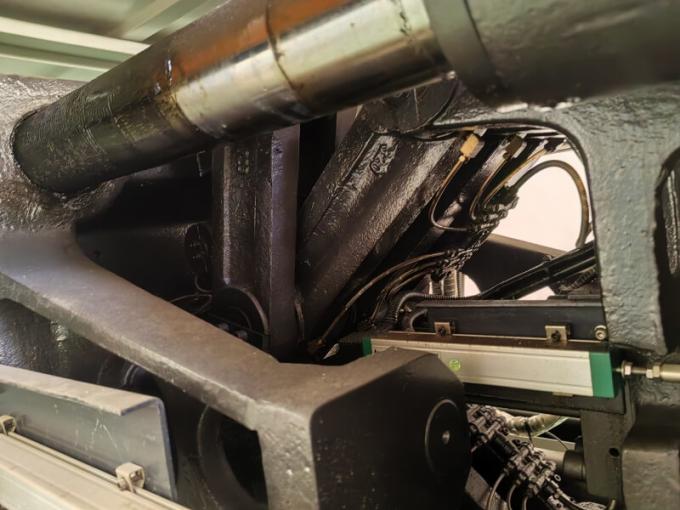
The clamping unit ensures that the mold remains securely closed during the injection process. It comprises a clamping mechanism, including a clamping motor, mechanical system, and a mold plate.
4. Control System:

The control system is the brain behind the operation, overseeing and synchronizing the activities of the other three components. It manages parameters such as temperature, pressure, and cycle time to achieve the desired product specifications.
The Injection Molding Process Unveiled
The injection molding process is an elaborate and precisely controlled sequence of steps, each contributing to the production of high-quality plastic parts. Let's delve deeper into the nuances of each stage:
1. Clamping: The Foundation of Precision
The process initiates with the clamping stage, where the mold, comprising two halves – the core and cavity, comes together with extreme precision. This clamping action is vital as it ensures the mold remains securely closed during the subsequent stages, maintaining the integrity of the mold cavity. Proper clamping is imperative for achieving the desired product specifications. The clamping unit comprises a clamping mechanism, including a clamping motor, mechanical system, and a mold plate. It is responsible for exerting the pressure needed to keep the mold halves firmly in place.
2. Injection: The Transformation of Plastic
After clamping, the injection unit springs into action. Plastic granules, chosen based on the specific requirements of the end product, are fed into a barrel. Inside the barrel, these granules are heated and melted to a precisely controlled temperature. The heart of the injection unit is the reciprocating screw, which plays a pivotal role in melting and mixing the plastic. The reciprocating screw pushes the molten plastic towards the front of the barrel, creating pressure.
When the molten plastic reaches the desired consistency, the injection nozzle injects it into the mold cavity. This step is crucial for determining the shape and size of the product, and it must be executed with impeccable precision. The injection pressure, temperature, and time are meticulously controlled to ensure that the plastic fills every crevice of the mold.
3. Cooling: Solidification with Care
Once the plastic is injected into the mold, the cooling process commences. During this phase, the mold's cooling channels come into play. These channels allow the circulation of coolants, usually water, to dissipate the heat generated during the injection process. The cooling phase is essential, as it solidifies the molten plastic within the mold. The cooling time is calculated meticulously, as cooling too quickly or too slowly can lead to defects in the final product. Proper cooling ensures that the product maintains its structural integrity.
4. Ejection: Precision and Gentle Handling
Once the plastic inside the mold cavity has solidified, the mold opens up, and the ejection system takes over. This is a delicate yet precise operation as the molded part must be removed without causing any damage. The ejection system typically consists of ejector pins, which push the product out of the mold. The pins must align perfectly with the product's shape to avoid any deformities. The use of ejector pins, air, or even a vacuum ensures that the product is extracted from the mold gently and efficiently.
5. Cycling: The Continuous Symphony
The entire injection molding process is designed for efficiency, and it operates in a continuous cycle. After ejection, the mold closes again, and the entire process repeats. The cycle time, which includes clamping, injection, cooling, and ejection, is optimized for the specific product being manufactured. Factors like product size, complexity, and material type are taken into account when determining the cycle time. The goal is to maintain a balance between speed and precision, ultimately ensuring high-volume production of consistent, high-quality plastic products.
Materials and Their Significance
Various types of plastics can be used in injection molding, each with unique properties and applications. Common materials include polyethylene (PE), polypropylene (PP), polyvinyl chloride (PVC), and acrylonitrile-butadiene-styrene (ABS). The choice of material depends on factors like strength, flexibility, and the intended application.
The Remarkable Advantages
Plastic injection molding offers a host of advantages, making it a preferred manufacturing method:
-
Precision: It provides high precision and consistency in product dimensions.
-
Cost-Effective: Its efficiency minimizes material wastage, leading to cost savings.
-
Complex Shapes: The process can produce intricate and complex part designs.
-
High Volume: It's ideal for mass production, ensuring a quick turnaround.
Applications Across Industries
Plastic injection molding is a versatile and widely employed manufacturing process that has left an indelible mark on various industries, each benefiting from its unique capabilities. Let's explore in greater detail some prominent applications and real-world cases within these sectors:
1. Automotive Industry: Precision in Motion
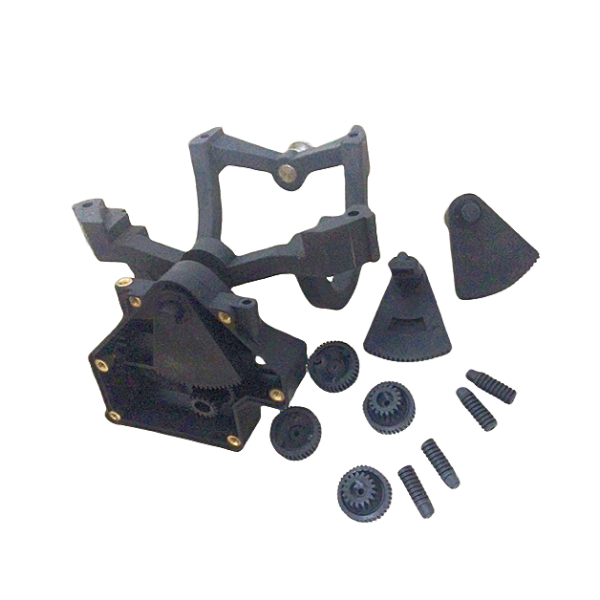
The automotive industry relies heavily on plastic injection molding to create a wide range of components. These include everything from dashboard panels, bumpers, and interior trims to intricate engine components. The method ensures precision and durability in car parts, contributing to vehicle safety and performance. For instance, the dashboard of your car, with its intricate design and various functional features, is often a product of plastic injection molding.
2. Medical Devices: Saving Lives with Precision
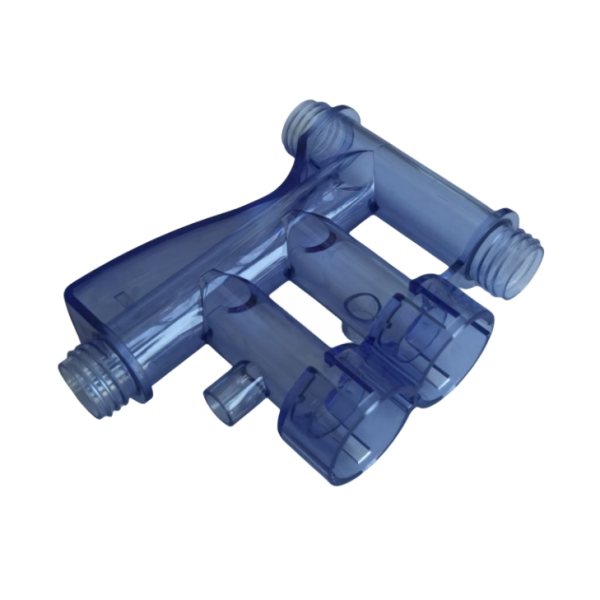
In the medical field, precision and quality are paramount. Plastic injection molding is instrumental in manufacturing items like syringes, vials, and intricate medical device components. For instance, the sterile syringes used for vaccinations and medical procedures are often produced using this method. The high level of precision and consistency in these devices ensures their safety and reliability in healthcare.
3. Consumer Goods: Everyday Essentials

From the packaging of your favorite snack to the toys your children play with, consumer goods are deeply intertwined with plastic injection molding. The process is instrumental in producing a vast array of consumer products, thanks to its ability to create intricate designs, varying shapes, and sizes. Cases in point include food containers, packaging materials, and an assortment of plastic toys.
4. Electronics: Miniaturization with Precision
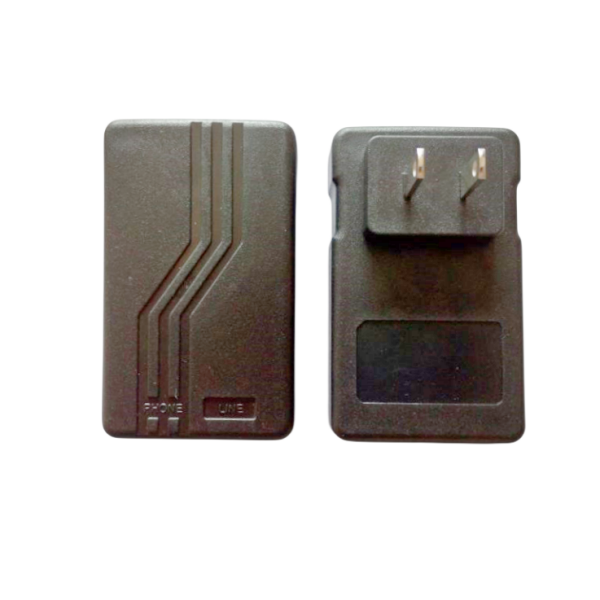
In the electronics industry, miniaturization is a prevailing trend. Plastic injection molding plays a pivotal role in creating small yet intricate components, such as casings for smartphones, laptop parts, and intricate connectors. It ensures that these components are not only functional but also aesthetically pleasing and lightweight, contributing to the sleek and compact design of modern electronic devices.
5. Aerospace: Lightweight and High-Performance
In the aerospace industry, where every ounce of weight matters, plastic injection molding is employed for creating lightweight, high-performance components. Applications include interior components, fasteners, and custom parts for aircraft. This method allows for precision and reliability, contributing to the safety and efficiency of air travel.
6. Packaging: Protecting and Showcasing Products

Plastic injection molding is pivotal in the packaging industry. It's used to create bottles, caps, containers, and other packaging materials. These products offer protection, convenience, and aesthetic appeal. Think of the shampoo bottle in your shower or the yogurt container in your refrigerator; they are likely products of plastic injection molding.
7. Construction: Durable and Functional
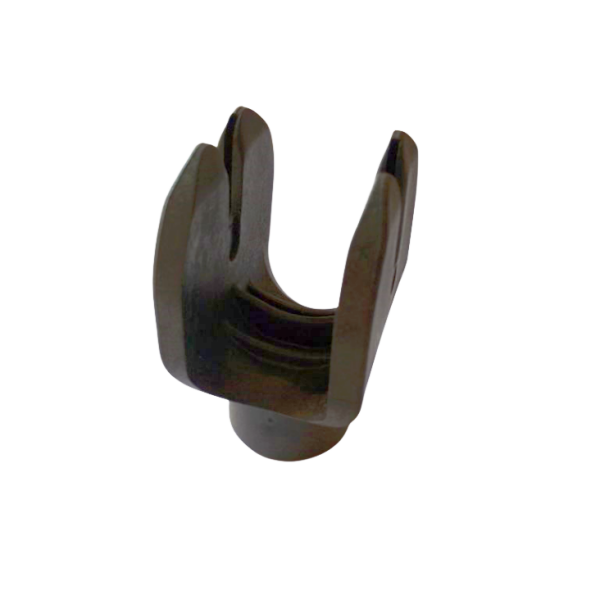
In the construction industry, plastic injection molding is employed for manufacturing durable components, such as pipe fittings, junction boxes, and various fixtures. These components need to withstand harsh weather conditions and heavy usage while maintaining their structural integrity. Plastic injection molding ensures the production of high-quality, long-lasting parts.
8. Custom and Prototype Manufacturing: Tailored Solutions
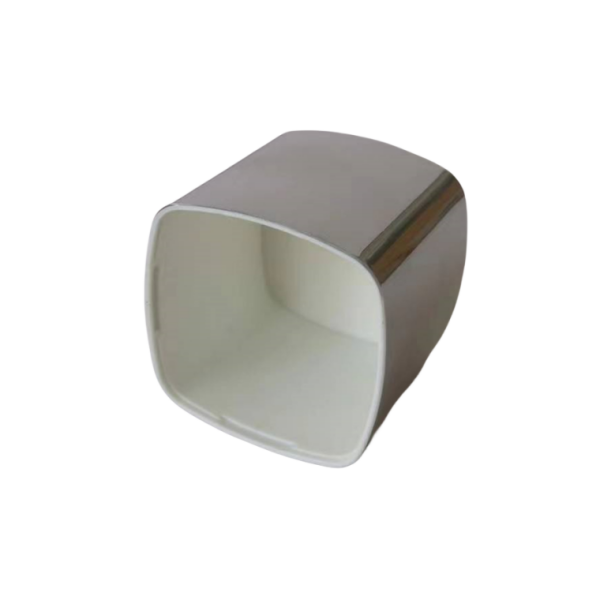
The versatility of plastic injection molding allows for the creation of custom and prototype parts. Companies can test new designs and ideas without the high costs associated with traditional manufacturing methods. This flexibility is essential for product development and innovation in various industries.
Quality Assurance: A Vital Element
To guarantee the quality of molded products, rigorous quality control measures are imperative. These measures include inspections, dimensional checks, and material testing. Adherence to strict quality standards is a hallmark of reliable injection molding operations.
Environmental Consciousness in Injection Molding
The environmental impact of plastic injection molding has been a subject of concern. To address this, the industry is embracing sustainability. Techniques like recycling, minimizing energy consumption, and reducing material waste are at the forefront of these efforts.
A Glimpse into the Future
The future of plastic injection molding is promising. Advancements in materials, automation, and sustainable practices are shaping the industry. The integration of 3D printing into injection molding processes and the increased use of automation in manufacturing are trends to watch.
Conclusion
Plastic injection molding is a critical part of modern manufacturing, offering precision, cost-efficiency, and versatility. Understanding the complexities and the potential it holds for the future is vital for those engaged in this industry.
The various plastic products produced by plastic injection molding have become an indispensable part of our daily lives. If you still need more information or obtain a free plastic parts quotation, please feel free to contact us at any time.
More information about Plastic Molding Services, Plastic injection molds making Services, Please contact: cnkylt@aliyun.com +008615195010186
Frequently Asked Questions
1. Is plastic injection molding cost-effective?
Yes, due to its minimal waste generation and high production efficiency, it is cost-effective.
2. Can recycled plastics be used in injection molding?
Yes, many manufacturers use recycled plastics, contributing to sustainability.
3. What industries rely on plastic injection molding?
Automotive, medical, consumer goods, and more depend on this process.
4. How is the quality of molded products ensured?
Quality control measures and rigorous testing are integral to maintain product quality.
5. What's the environmental impact of plastic injection molding?
Efforts are being made to reduce waste and energy consumption, making it more environmentally friendly.
For a deeper understanding of the world of plastic injection molding, consider reaching out to experts in the field or engaging in further research to explore the latest developments in this dynamic industry.












